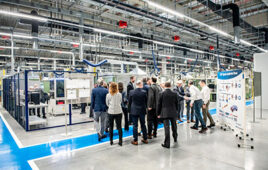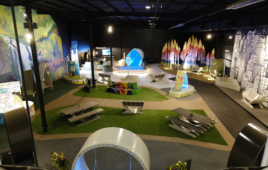Information Technology (IT) departments are expected to have a dramatic impact on the companies they work for. Worldwide spending for IT is expected to be approximately $2.7 trillion. Across 12 departments of the US government IT spending was just over $50 Billion. Yes, that’s billion with a “b” and it’s your tax dollars and mine being spent.
What do you get for the money?
Data Management? Marketing? Enterprise Resource Management? Communication? Process Improvement? These are the classic functions that IT is defined by. Marketing relates to customer relationships. Communication can be customer oriented and internally oriented. The data management portion is mostly about reporting business performance to corporate management.
The aspect of IT that I would like to focus on is the part that touches manufacturing. How does IT drive manufacturing or process improvement? In general, it can’t. IT does not have the hooks to the factory floor. IT does not have the process expertise to make improvements to the manufacturing activity itself. IT provides the bridge to report the conditions on the factory floor. So the role is primarily that of an observer.
Control systems, or factory automation, is the layer that touches the manufacture of the product. This is the control technology layer. Programmable controllers, touch screen computers for operator interface. These are the tools of the industrial control system of today. Complex interface tools used in manufacturing include robots, vision systems, bar code scanners and all manner of process specific equipment. A vast array of disparate equipment coexists on the factory floor that, across the manufacturing arena, produces everything from cars to clocks.
All of that equipment on the factory floor has a data component that has immediate value to the organization. But other than serving the information up to the plant wide data network, IT is not where the big cost returns can be gained. Big cost reductions come from innovating the processes on the factory floor.
BUT, combining IT and Control provides a path to very broad, high return improvements. By connecting the order flow data to the manufacturing process massive returns are possible. If incoming orders can be used to order the flow of work on the manufacturing floor, if manufacturing processes can adjust it’s processes, then the total cycle time from input order to order shipment can be reduced.
Reduced cycle times for order fulfillment are a significant financial aspect of the entire enterprise. Integration of manufacturing to shipping can reduce inventory and handling costs dramatically.
Dramatic corporation-wide financial improvement is the goal of investment in business operations. But the investment in IT really becomes profitable when combined with control technology and an innovative approach to manufacturing.
Filed Under: Commentaries • insights • Technical thinking, Green engineering • renewable energy • sustainability




